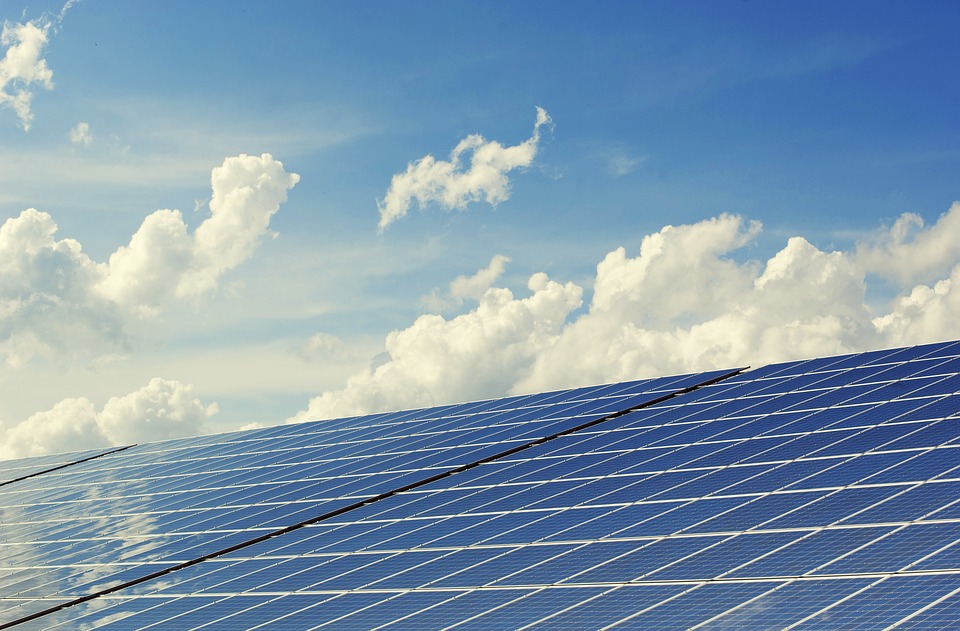True, under certain conditions, people may now live in enclosed places and enjoy the warmth of the most recent heating system developments even when the weather is freaking cold.
Thermostats – Devices That Regulate Temperature
 The devices called thermostats maintain an almost constant temperature in a room by either activating or shutting off the heat-producing mechanism, depending upon the temperature. Practically all thermostats are based on the fact that when a substance is heated, it expands.
The devices called thermostats maintain an almost constant temperature in a room by either activating or shutting off the heat-producing mechanism, depending upon the temperature. Practically all thermostats are based on the fact that when a substance is heated, it expands.
One of the most commonly used thermostats is the bimetallic type. Two metals are welded together to form a bimetallic (“two-metal”) element. This element is joined to a steel blade whose top holds an electric contact point. When this touches another contact point, an electric circuit is closed and the heating unit goes into operation. The device is set to the desired temperature – the room is heated to this temperature. As the temperature rises, the bimetallic element becomes hotter. One of the metals expands more than the other – as a result, the blade moves and the contact points no longer touch. This shuts off the furnace until the bimetallic element cools. The blade then returns to its former position and the circuit is closed again.
The Bourdon-element type of thermostat is based on the fact that when a volatile liquid is heated, it changes into an expanding gas. The Bourdon element is a metal bellows, containing a volatile liquid.
Solar Heating

The radiant heat of the sun has always warmed our houses to a great extent. Even in the coldest winter a room with a southern exposure is naturally much warmer than one that faces north. In recent years, engineers and scientists have developed new and more scientific ways of utilizing the sun’s heat. Any one of several methods may be employed.
By drawing up appropriate plans, architects can provide homes with the greatest amount of natural warmth in the winter and the greatest amount of coolness in the summer. To accomplish this, houses are built with an overhanging extension of the roof. This admits the greatest possible amount of sunlight in the winter and excludes as much as possible in the summer. The sun is farther south and lower in the sky in the winter and thus shines in under the roof extension. In the summer it is more nearly overhead and cannot shine in. In cold weather and on cloudy days, obviously, the warmth of the sun would not be sufficient and other means of heating would have to be used. Experimental houses have also been built on turntables, so that any part of the house can be turned at a given time toward the sun.
Of course, the solar-heating methods we have just mentioned are effective only during the hours of sunshine. Attempts have been made to install full-time solar-heating systems, by collecting and storing the sun’s heat. In one such system, the sun’s rays are concentrated on the black or dark-green metal surfaces of a water jacket, usually on the roof. The heated water from the jacket flows into a storage unit, in which as substance such as Glauber’s salt, a form of sodium sulfate, is used to absorb the heat. The salts become liquid as the heated water flows through them. They retain the heat, giving it off when required. The salts become solid again after the hot water has been released. This water runs through pipes for heating purposes. Air may be used instead of water as a circulating medium. With the air system, a pebble-filled heat reservoir is sometimes provided to absorb heat. However, as per some experts in the field, due to solar heating being expensive, they believe that it will not be widely used as it may be in the future.
However, there are several solar panel retailers – like Allstate Energy – that can help you reduce your energy consumption while providing affordable solutions.
So if you are ready to save money and reduce your carbon footprint, now is the perfect time to contact Allstate Energy and get a free quote.

